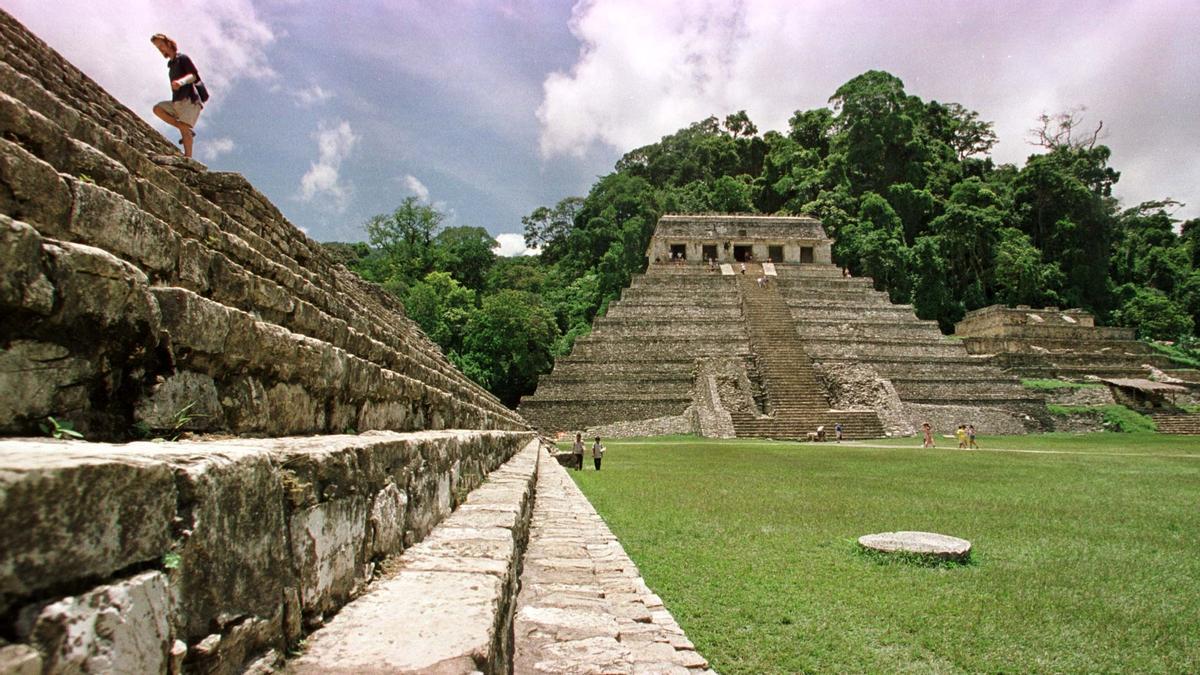Mayan City Google Maps | An archaeologist discovered an ancient Maya city in Mexico, thanks to Google

A Team of archaeologists has discoveredThanks to data published on the Internet, more than 6,000 ancient Maya structures hidden by vegetation in the state of Campeche (southeast Mexico), including one The city with the pyramids which has been called “Valeriana”.
According to a study published in the journal Antiquities, even more 6,600 previously unknown structures For Mexican officials and the scientific community they are located near modern settlements. “I was on page 16 of Google search And I learned about a laser study done by a Mexican organization that monitors the environment,” archaeologist Auld-Thomas explained.
Based on the analysis of data obtained in 2013 with laser detection technology called LIDAR in the area under study, located in the center-east of Campeche and covering an area of approximately 130 square kilometers, it was discovered The “coincidental” existence of an “ancient populated and urban Maya landscape”Indicate the authors of the research.
“Valeriana” may be Main Maya archaeological sites By the number of structures after Calakmul, which is considered the largest, it underlies Latin America. The Campeche region where the study was conducted is characterized by tropical forests, limestone plains and seasonal wetlands and was a Nerve center of the ancient Maya civilization, Especially during the Classical period (250 to 900 AD)
big city”
“Not only did we find rural areas and small settlements, but we also found a large city with pyramids, right next to the only road in the area, near the city where people lived. have been actively farming among the ruins for years” Auld-Thomas said.
The team analyzed LIDAR data collected in 2013 by a group of Mexican environmental scientists Different purpose: measuring and monitoring carbon in forests from Mexico. “Scientists from ecology, forestry, and civil engineering are using LIDAR surveys to study some of these areas for completely different purposes,” Auld-Thomas said in the news release.
LIDAR is a remote sensing technology that fires thousands of laser pulses from an aircraft and maps objects below using the time it takes for the signal to return Auld-Thomas processed data With the methods used by archaeologists, they saw what others had overlooked: an e.Large ancient city that may have housed 30,000 to 50,000 people At its peak, between 750 and 850 AD. C.
In recent years, LIDAR has become a powerful tool in the archaeologists’ arsenal, capable of documenting entire landscapes in microscopic detail, even under dense forest.
(TagstoTranslate)archaeologist
